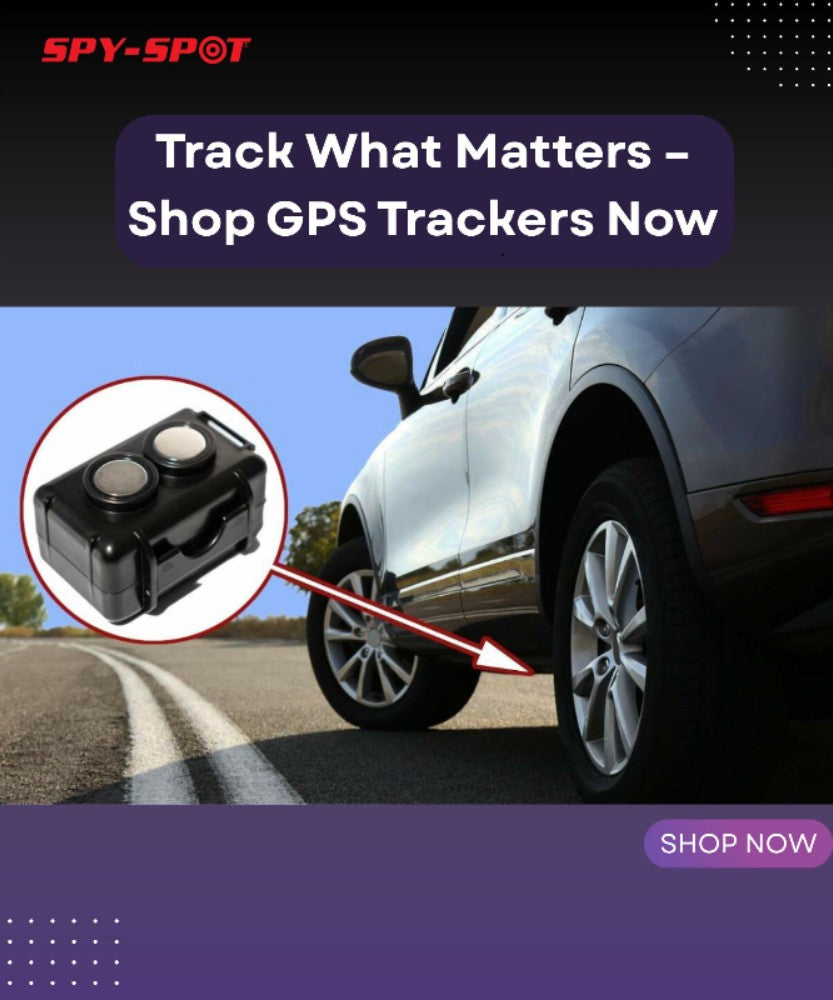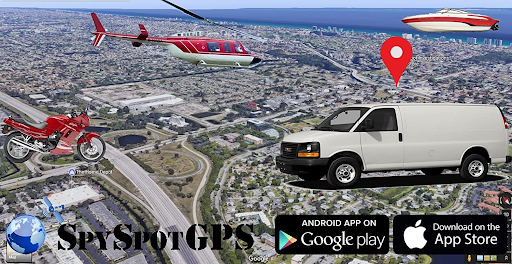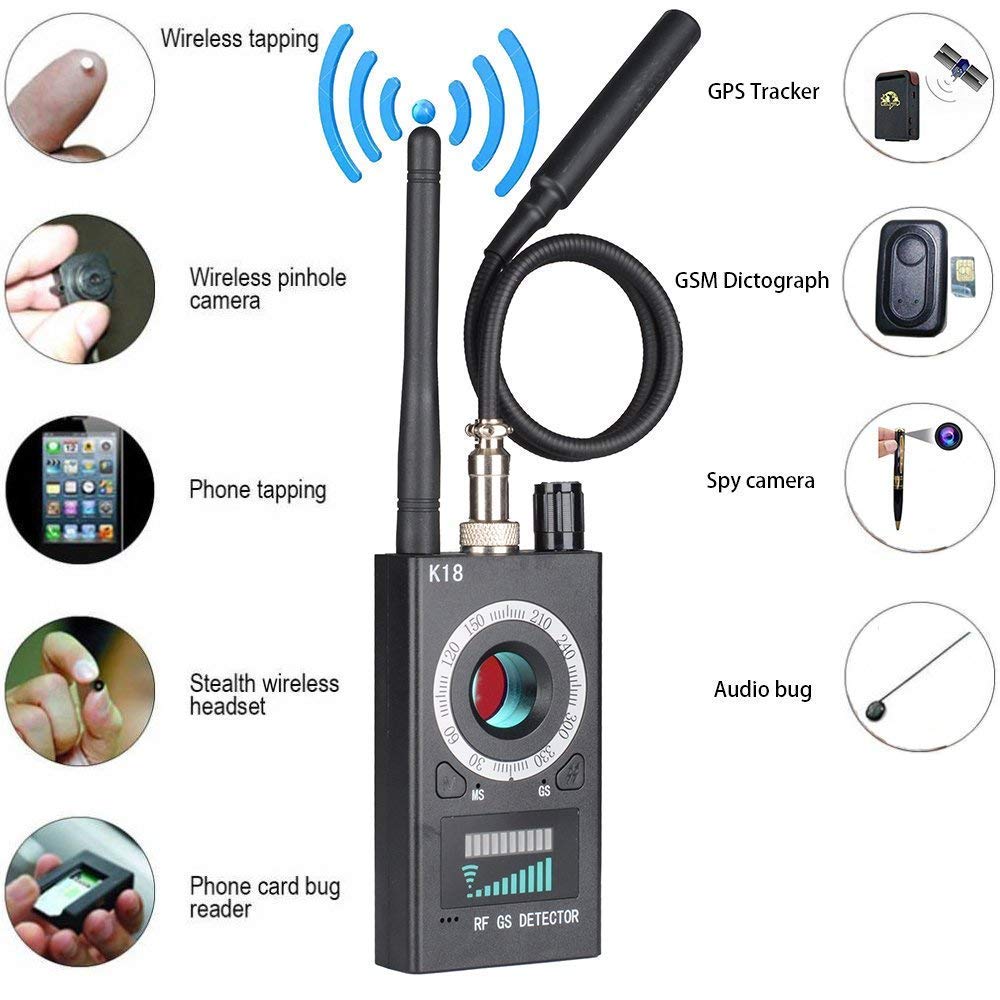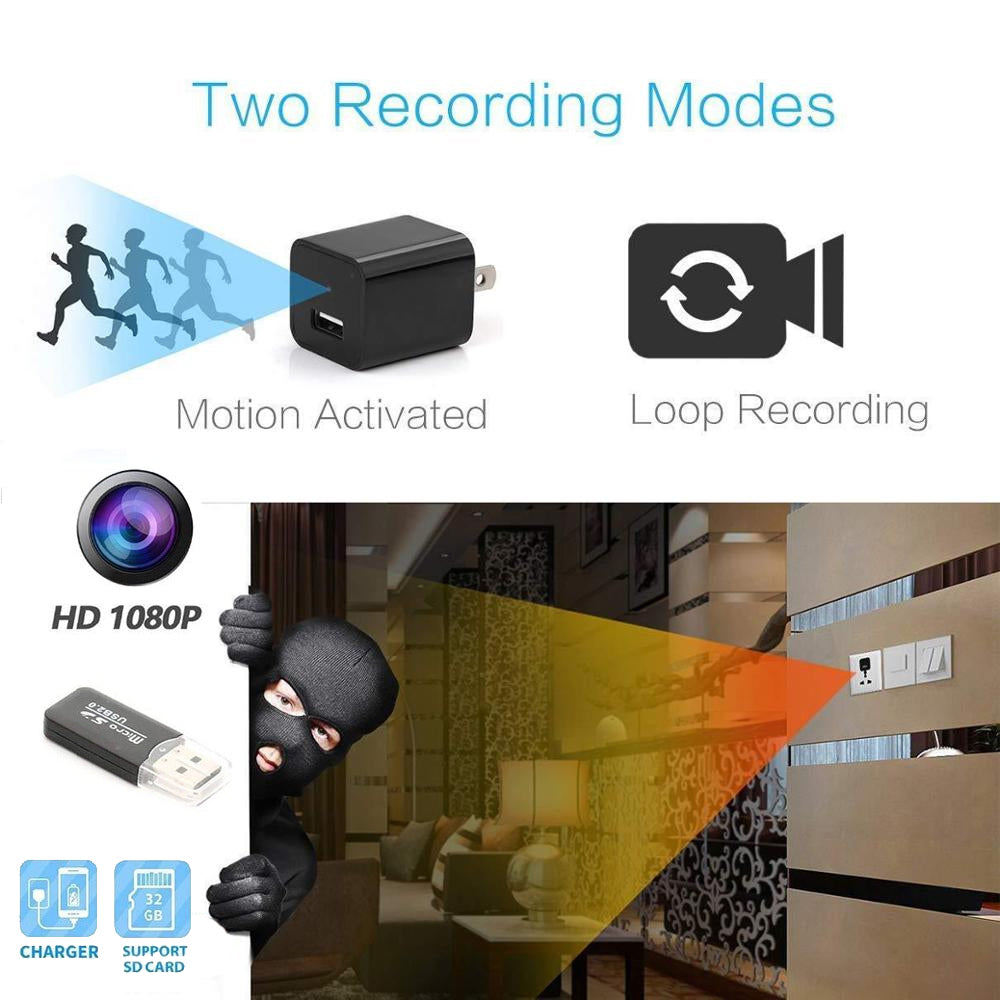Ever wondered how tracking devices work behind the scenes? These small gadgets have become pretty essential for everything from finding lost keys to managing vehicle fleets.
The basics are straightforward. GPS tracking devices use satellites orbiting Earth to figure out exactly where they are. Then they send that location info to you through cellular networks. But there's more happening under the hood.
Let's break down everything about GPS tracking technology, from satellite signals to the tiny components in modern trackers.
|
GPS Tracking Quick Facts |
Details |
|
Satellites Required |
Minimum 4 for location fix |
|
Typical Accuracy |
3-5 meters in open areas |
|
Global Coverage |
24/7 worldwide availability |
|
Power Source |
Battery, vehicle power, or solar |
|
Communication |
Cellular, WiFi, or satellite |
|
Update Frequency |
Real-time to several hours |

What Is a Tracking Device and How Does GPS Technology Work?
Tracking devices use satellite signals to pinpoint exact locations anywhere on Earth, then transmit this data through cellular networks.
The Global Positioning System started as a military project but became the backbone of modern navigation. The GPS project was started by the U.S. Department of Defense and is now freely accessible to anyone with a GPS receiver.

Today's GPS network has at least 24 satellites orbiting about 12,000 miles above Earth.
Here's how it works. Each GPS satellite broadcasts precise timing signals plus its orbital position. Your tracking device picks up these signals through its built-in GPS receiver and antenna. The device calculates how long each signal took to travel from satellite to receiver.
Since radio waves travel at light speed, the device figures out distance to each satellite. This process is called trilateration. With signals from at least four satellites, the GPS receiver determines its exact position in three dimensions.
The fourth satellite corrects timing errors. Even tiny timing mistakes can throw off location calculations by hundreds of meters. Modern GPS receivers use algorithms to process these signals and deliver accurate positioning data.

How Do Different Types of GPS Tracking Devices Work?
Various GPS tracker types serve different purposes - from personal safety devices to heavy-duty fleet systems - each with specialized components.
Personal GPS trackers are compact, battery-powered devices for tracking people, pets, or valuable items. The Spytec GL300 has an integrated 2600mAh Li-Po battery that can power the device for seven to 10 days. These often include panic buttons and geofencing alerts.
Vehicle tracking systems come in several varieties. OBD-II port trackers plug into your car's diagnostic port, drawing vehicle power.
Hardwired systems connect to the vehicle's electrical system for permanent installation. The 4G LTE Hardwired GPS Tracker offers features like remote engine disable.
Asset tracking devices are built for durability and long battery life. They're used on construction equipment, shipping containers, or valuable assets.
Asset tracking devices are best known for their battery life and durability, typically used in mining, heavy transport, and asset management.
|
Tracker Type |
Power Source |
Best Use Case |
Battery Life |
Installation |
|
Personal GPS |
Rechargeable battery |
People, pets, assets |
5-14 days |
Clip-on or magnetic |
|
OBD-II Tracker |
Vehicle power |
Cars, light trucks |
Unlimited |
Plug-in |
|
Hardwired |
Vehicle electrical |
Fleet vehicles |
Unlimited |
Professional install |
|
Asset Tracker |
Long-life battery |
Equipment, cargo |
1-5 years |
Bolt-on or magnetic |
|
Mini Tracker |
Small battery |
Covert tracking |
1-7 days |
Hidden placement |
Every GPS tracker needs a GPS receiver to calculate position, an antenna for satellite signals, a processor for data handling, and a communication module to transmit information.

How Does GPS Tracking Work in Mobile Phones?
Smartphones integrate GPS chips with cellular towers and WiFi networks for highly accurate location services while managing battery efficiently.
Modern smartphones don't rely solely on GPS satellites. They use Assisted GPS (A-GPS) that combines multiple positioning methods. A-GPS uses assistance data received from the network to obtain faster location calculation compared with GPS alone.
Your phone's GPS chip works alongside cellular tower triangulation and WiFi positioning. When you're indoors or in urban areas with tall buildings, cellular and WiFi signals often provide better location accuracy than GPS alone.
Apps access location services through your phone's operating system. iOS and Android have privacy controls letting you decide which apps can use location data. You can choose "always," "while using app," or "never."
Battery optimization is crucial for mobile GPS tracking. Continuous GPS drains batteries quickly, so phones use smart techniques to conserve power. They reduce location update frequency when you're not moving.
GPS tracking in mobile phones can be accurate to within 3-5 meters in open areas. Consumer devices such as smartphones can be accurate to 4.9 m or better when used with assistive services like Wi-Fi positioning.
How Does GPS Tracker Work in Cars and Vehicles?
Vehicle GPS trackers integrate with car systems through OBD-II ports or direct wiring, providing real-time location plus engine diagnostics.
OBD-II port trackers are the easiest way to add GPS tracking to vehicles made after 1996. These plug into the diagnostic port under the dashboard. The 4G OBD GPS Tracker draws power from the vehicle and accesses engine data.
Hardwired systems offer more security but need professional installation. These connect to the vehicle's electrical system, often near the battery. They're harder to detect and remove, making them ideal for fleet vehicles.
GPS tracker installation for OBD-II devices takes seconds - just plug and go. Hardwired installation typically takes 30-60 minutes. Some systems connect to ignition circuits to detect vehicle starts and stops.
Battery-powered car trackers offer flexibility for temporary tracking. The GB130MG GPS Tracker mounts anywhere with its magnetic base.
Data collected includes location history, speed reports, idle time, and route efficiency. Fleet managers use this info to optimize routes, reduce fuel costs, and improve driver safety.
How Does GPS Tracking Work Without Internet Connection?
GPS satellites provide positioning data without internet, but trackers need cellular networks to transmit location information in real-time.
GPS satellites don't need internet to work. Your tracking device can calculate its position using satellite signals even without cellular coverage. GPS operates independently of any telephone or Internet reception, though these technologies can enhance the usefulness.
The catch is getting location data to you. Without cellular connectivity, most trackers store location points in memory. This is called passive tracking or data logging. When the device regains connectivity, it uploads stored location data.
Some high-end trackers use satellite communication networks for global coverage. These work anywhere but cost significantly more than cellular-based tracking. They're mainly used for maritime, aviation, or remote applications.
The difference between real-time and historical tracking is significant. Real-time tracking requires active data connectivity and shows current location. Historical tracking works offline but shows where the device has been once it reconnects.
How Do Mini GPS Trackers and Compact Devices Work?
Miniaturized GPS trackers use advanced power management and component integration to pack full tracking capabilities into key fob-sized devices.
The technology behind mini trackers is impressive. GPS antenna size limits tracker size, often smaller than a half-dollar (diameter 30.61 mm). Manufacturers achieve tiny sizes by using integrated circuits combining multiple functions on single chips.
Power management is the biggest challenge for mini GPS devices. Smaller size means smaller batteries, so engineers get creative about conserving energy. These devices often use motion sensors to detect movement and only activate GPS tracking during movement periods.
To maintain a compact size within 3cm, we selected the L86 GPS module, measuring only 1.5 cm. Component selection directly impacts final device size.
Battery life optimization involves several techniques. Many mini GPS trackers use low-power cellular modems consuming less energy. They might send location updates every few minutes instead of continuously.
Typical use cases include personal safety, asset protection, and covert monitoring. The GL300MA Real-time GPS Tracker offers a good balance of size and features.
How Does Real-Time GPS Tracking Work?
Real-time tracking combines GPS positioning with cellular data transmission to deliver location updates every few seconds through mobile networks.
The "real-time" part depends on cellular connectivity. Once your GPS tracker calculates position, it sends that data somewhere you can access. Most modern trackers use 4G LTE cellular networks for fast, reliable transmission.
SIM cards in GPS trackers work like phone SIM cards. The tracker connects to cellular towers and sends location data as small packets. Real-time GPS trackers use cellular data to send your vehicle's location to a cloud server like how your phone uses cellular networks.
Data plans for GPS tracking are cheaper than phone plans since trackers only send small amounts of data. Most devices transmit tiny text messages or data packets measuring just a few bytes each. Monthly costs typically range from $5 to $30.
The Kayo GPS Tracker uses an integrated SIM card that works within the United States, offering a 14-day free trial. Many tracking services include cellular connectivity in monthly fees.
Cloud-based platforms receive location data from thousands of trackers and present it through web dashboards or mobile apps. These handle data storage, mapping services, and user notifications.
What Does a GPS Tracker Look Like and What Are Its Components?
GPS trackers range from coin-sized personal devices to rugged industrial units, containing GPS receivers, antennas, processors, and communication modules.
Physical appearance varies dramatically by intended use. Personal trackers look like key fobs or fitness trackers. Vehicle trackers are small black boxes or OBD-II dongles. Asset trackers are ruggedized devices for harsh environments.
Core components in all trackers:
-
GPS Receiver: Composed of an antenna tuned to satellite frequencies, receiver-processors, and a highly stable clock
-
Cellular Modem: Handles data transmission to tracking servers
-
Processor/Microcontroller: The "brain" coordinating all functions
-
Memory: Stores location data and device settings
-
Power Management: Controls battery usage and charging
-
Antenna Systems: Separate antennas for GPS and cellular signals
The processor functions as the "brain," processing data from GPS and cellular units while controlling communications.
Antenna quality directly impacts tracking performance. Antenna quality directly impacts signal strength and location accuracy. Better antennas mean more reliable connections.
If you're wondering how to find a tracker on your car, look for small black boxes with external antennas, devices in OBD-II ports, or magnetic mounts under panels. Professional installation makes devices difficult to locate.
How Do GPS Tags and Asset Tracking Devices Work?
GPS tags operate through a systematic process of location calculation, data processing, transmission, and user notification.
Step 1: Device Activation
GPS tags power on, search for satellite signals, and register with cellular towers using built-in SIM cards.
Step 2: Location Calculation
The GPS receiver listens for signals from multiple satellites. By calculating the time for signals from multiple satellites to reach the receiver, the device determines exact location.
Step 3: Data Processing
The processor converts raw GPS coordinates into usable location data, adds timestamps, calculates speed and direction.
Step 4: Communication
Devices transmit location updates at predetermined intervals. You can control reporting frequency, movement-based events, accelerometer sensitivity, and much more.
Step 5: Server Processing
Tracking servers receive data from thousands of devices, process it, store in databases, and make available through interfaces.
Step 6: User Access
Users view current and historical locations through dashboards or apps. Systems send automatic alerts for geofence violations or low battery warnings.
Asset tracking becomes valuable for expensive equipment or critical supplies. Construction companies use GPS tags to prevent equipment theft. GPS tracker for boats helps marine enthusiasts monitor vessel locations.
What Are the Best GPS Tracking Applications and Use Cases?
GPS tracking applications span family safety, fleet management, stolen vehicle recovery, and specialized scientific research uses.
Fleet management represents the largest commercial application. Companies monitor vehicle locations, optimize routes, reduce fuel consumption, and improve driver safety. GPS saves time and fuel by offering the smoothest route for each driver, reducing waste from traffic idling.
Personal safety applications include tracking children, elderly family members, or individuals with special needs. Parents use devices to ensure kids stay in safe areas and arrive at destinations on time.
Asset protection covers construction equipment to shipping containers. Covert GPS trackers can be concealed within power tool boxes and traced if theft occurs. Insurance companies offer premium discounts for tracked assets.
Other key applications:
-
Stolen vehicle recovery with hidden trackers helping law enforcement
-
Elderly care monitoring detecting falls and wandering behavior
-
Pet tracking for dog and cat owners
-
Sports performance monitoring analyzing athlete movement patterns
-
Marine applications with waterproof boat GPS trackers
Best child tracking device hidden options provide peace of mind without being intrusive. Regulatory considerations vary - employee tracking requires notification, family tracking should respect privacy.
How Do Advanced GPS Features Like Geofencing and Alerts Work?
Geofencing creates virtual boundaries around geographic areas, automatically triggering alerts when tracked devices enter or exit designated zones.
Virtual boundary creation starts with defining geographic areas on digital maps. Geofences are designated areas you define on a map, either as radius around a point or custom shapes from several points.
The technology combines GPS positioning with geographic information systems (GIS). When tracked devices report locations, software checks if coordinates fall within defined geofences automatically.
Geofencing alerts are software-triggered real-time notifications that managers receive on smartphones when tracked assets enter or leave geofences. Alerts come via email, text, push notifications, or calls.
Speed monitoring works similarly but uses velocity data instead of location boundaries. GPS tracking systems detect when vehicles exceed preset speed limits and immediately alert fleet managers or parents.
Panic button functionality integrates with GPS tracking for emergency response. When activated, buttons immediately transmit current location data with emergency alerts to designated contacts.
Business applications include:
-
Monitoring employee compliance with assigned territories
-
Preventing unauthorized vehicle use after hours
-
Tracking equipment movement between job sites
-
Automatic customer notifications when drivers approach
Companies can spend up to 7% of gross annual payroll on time theft methods. These costs can be eliminated using geofence alerts.
People Also Ask
How accurate are GPS tracking devices in urban environments with tall buildings?
GPS accuracy drops in urban areas due to signal reflection and blockage. Open-area accuracy is typically 3-5 meters, but urban environments often see 10-30 meter accuracy. GPS receivers using L5 band have much higher accuracy of 30 centimeters for high-end applications.
What's the difference between GPS tracking and other location technologies like GLONASS or Galileo?
GPS is the US system, while GLONASS (Russia) and Galileo (Europe) are competing satellite systems. Modern GPS tracking devices often support multiple satellite constellations simultaneously for improved accuracy and reliability.
How long do GPS tracker batteries typically last and what affects battery life?
Battery life ranges from days to years depending on device type. The integrated 2600mAh Li-Po battery can power devices for seven to 10 days based on two hours daily movement. Key factors include update frequency, cellular signal strength, and temperature.
Can GPS tracking devices work underwater or in extreme weather conditions?
Standard GPS signals cannot penetrate water, but specialized waterproof trackers work on the surface. The Spytec is IPX5 compliant, meaning it can handle the elements when mounted outside vehicles. Rugged trackers operate in harsh conditions despite temperature effects on batteries.
What are the legal considerations and privacy laws for using GPS tracking devices?
GPS tracking legality varies by location and application. Tracking a person without their consent is illegal in most states, but GPS trackers have plenty of legal uses. Vehicle owners can track their own vehicles, parents can track minor children, and employers can track company vehicles with proper notification.
How much does it cost to operate a GPS tracking device including data plans and subscriptions?
Monthly costs typically range from $5 to $45 depending on features. Monthly data plans range between $6.95 to $44.95. The faster the GPS tracker provides real-time location updates, the more expensive it will be. How much does a tracker cost depends on device type and features.







